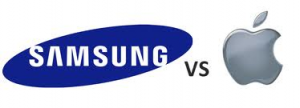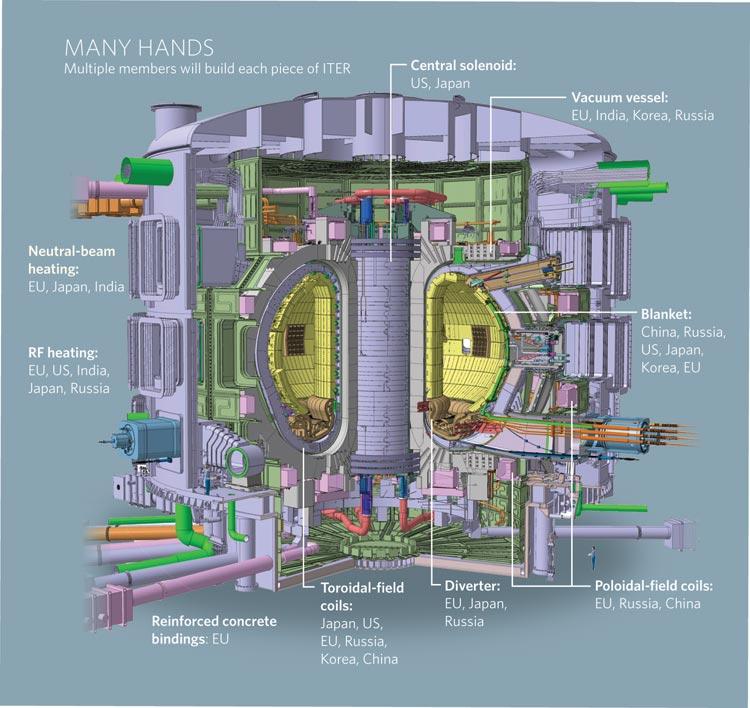A recent report suggests that YouTube will begin charging viewers for subscriptions to certain channels. It is rumor that has been circulating in the past week that YouTube will allow certain channels the opportunity to charge subscribers or viewers of their channels a small monthly fee. If YouTube indeed enters this market, they will be joining Netflix, Hulu, and Amazon.com as companies that provide content that would otherwise be found on cable television.
YouTube already has partnerships with certain companies such as Disney, Viacom and Paramount and offers a rental service but the content is not as vast as other similar services. With this deal, YouTube is expected to announce anywhere from 25 to 50 premium channels that will charge viewers for their content. Some of the expected channels include content aimed at children such as a Sesame Street channel to channels for sports such as one featuring the UFC.
This seems to be a process management utilizing incremental changes since YouTube will reportedly test out the paid subscription service with only a few partners at first. YouTube is stated to be exploring this approach to see if there is other methods to generate revenue other than the heavy reliability they have from advertisements. It will be interesting to see the reaction of people that use YouTube. It will be interesting to see if people who utilize the site for its free content will subscribe to the premium channels to view content they would have generally only been able to see on TV package they already pay for.
Do you think YouTube, with over a billion monthly viewers, could potentially have an impact on the way cable providers offer their services to their customers? When it comes to a service, quality is very important because every customer wants to be satisfied. With only a few major cable companies, do you think customer loyalty is only due to the fact that there only a limited number of providers from customers to choose from?
It is interesting to note that in class it was mentioned that in regards to service quality “giving customers some extra value will delight them by exceeding their expectations and insure their return.” I believe this could ring true for YouTube is they offer premium channels that offer popular content that could otherwise only be viewed if your a cable subscriber. By charging a small fee to view these premium channels, YouTube could challenge the cable market and force the large cable companies to reconsider their business models and offer packages that customers truly want instead of forcing them to sign up to bundle packages like many companies do. With the YouTube service, you would be able to pick and choose what content you would like to subscribe and pay for.
Would you consider testing out a premium content channel from YouTube if it offered content you already watch on cable television?
http://www.ibtimes.com/youtube-premium-content-channels-charge-paid-monthly-subscription-fee-1251585
http://www.reuters.com/article/2013/05/09/net-us-youtube-subscription-idUSBRE9480Z520130509







